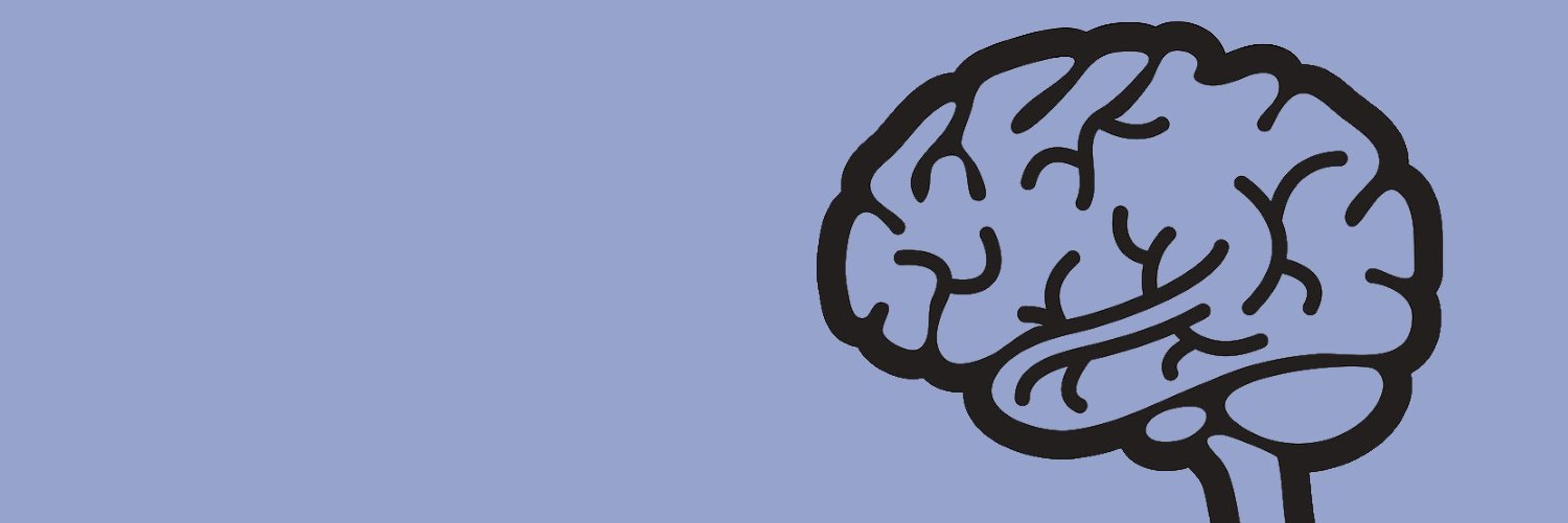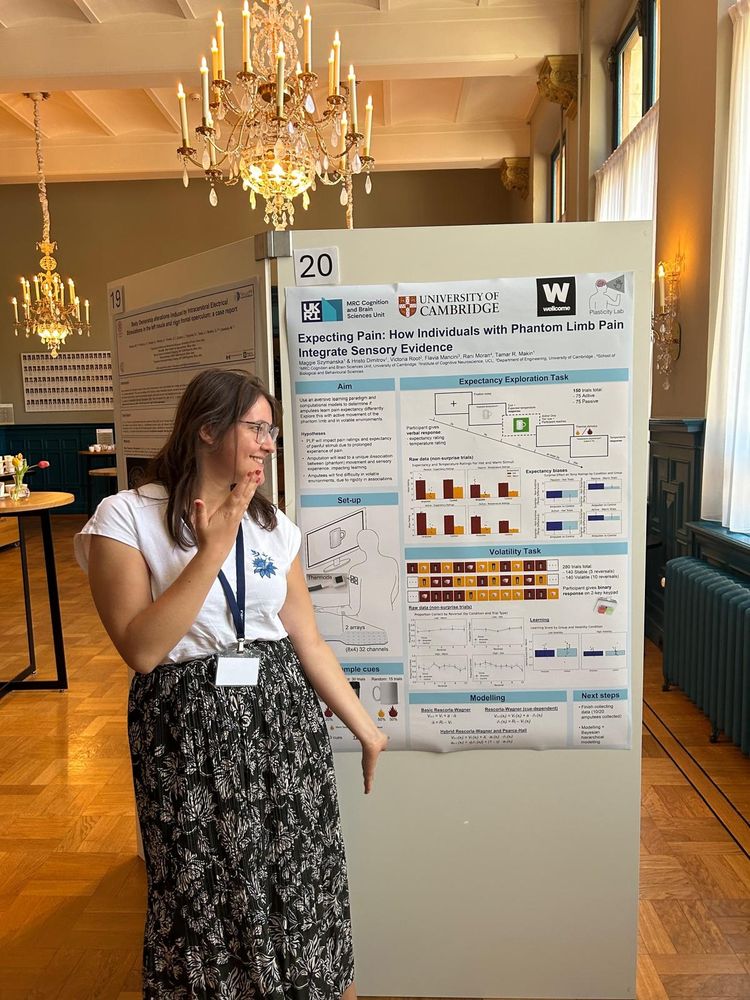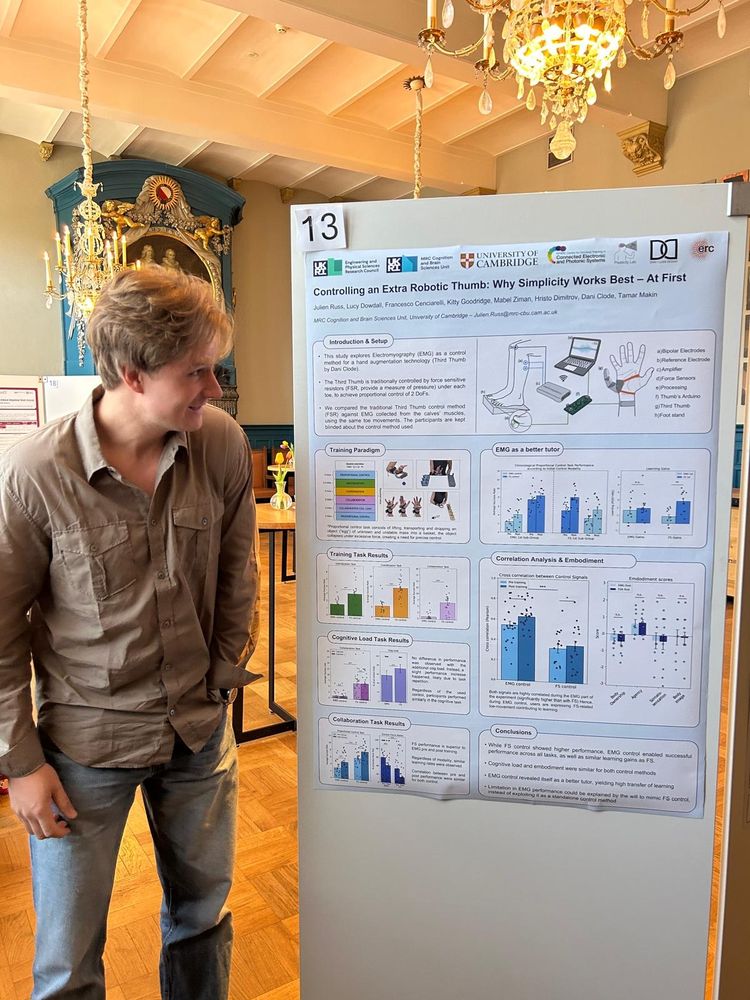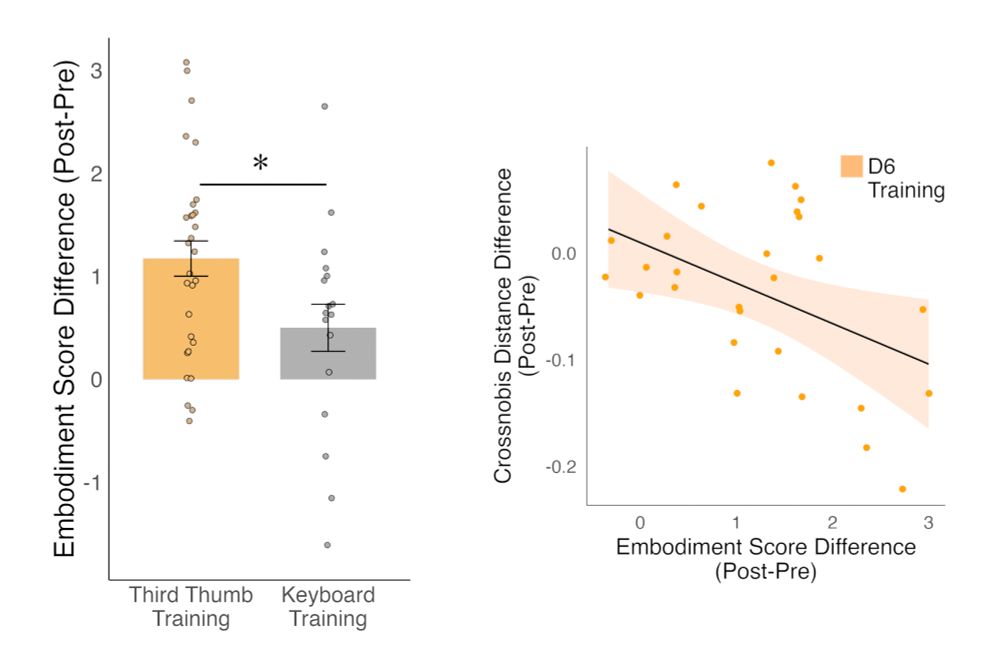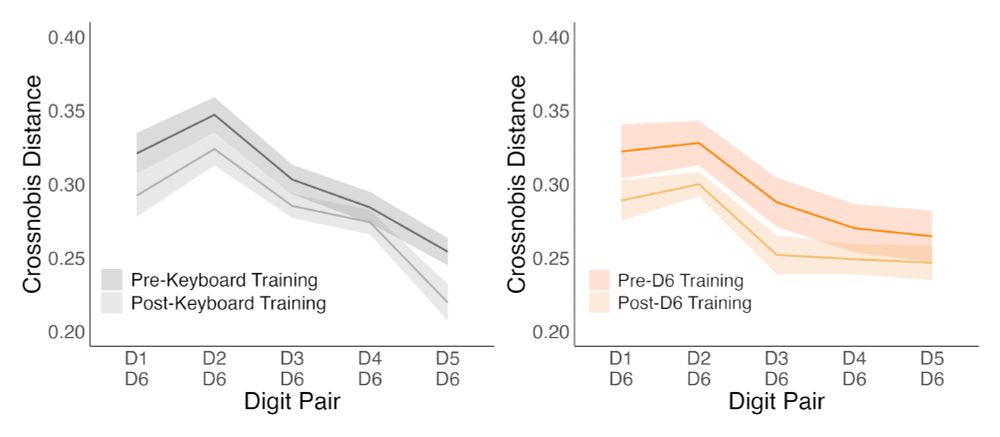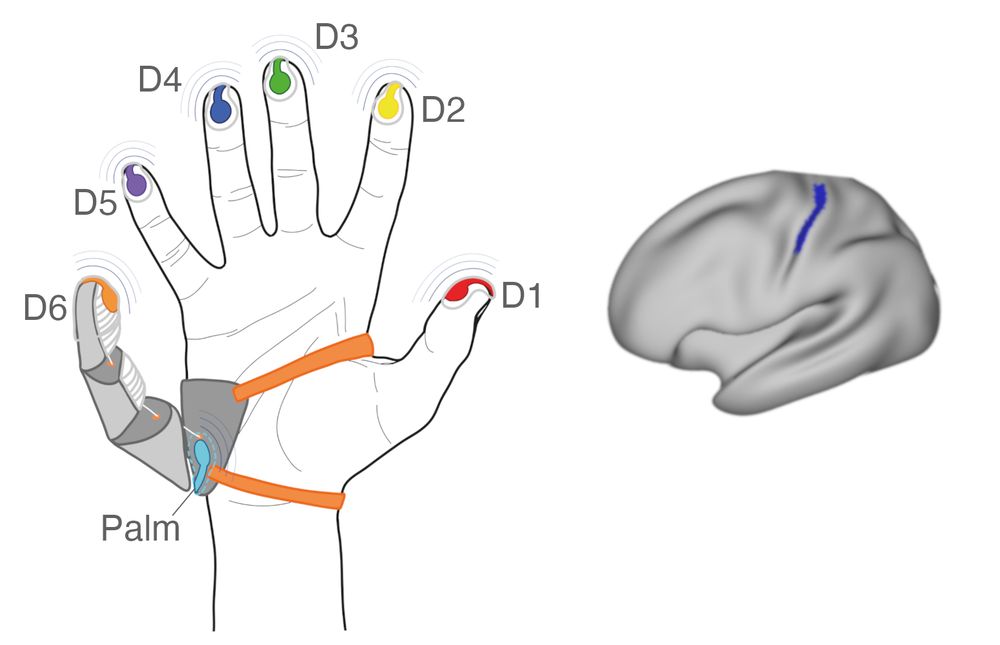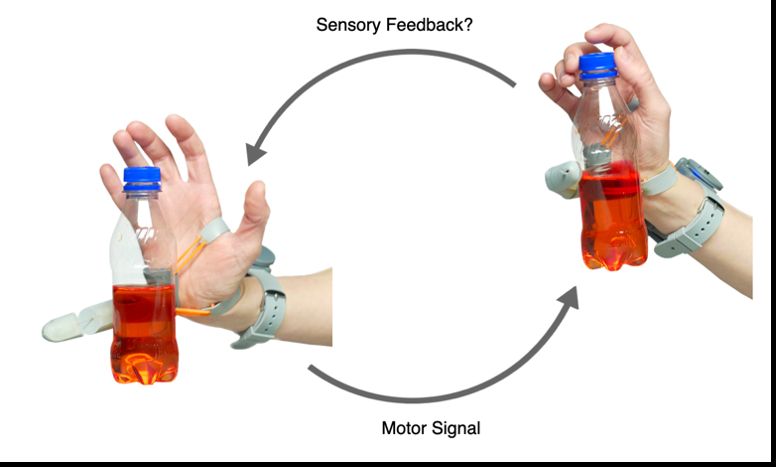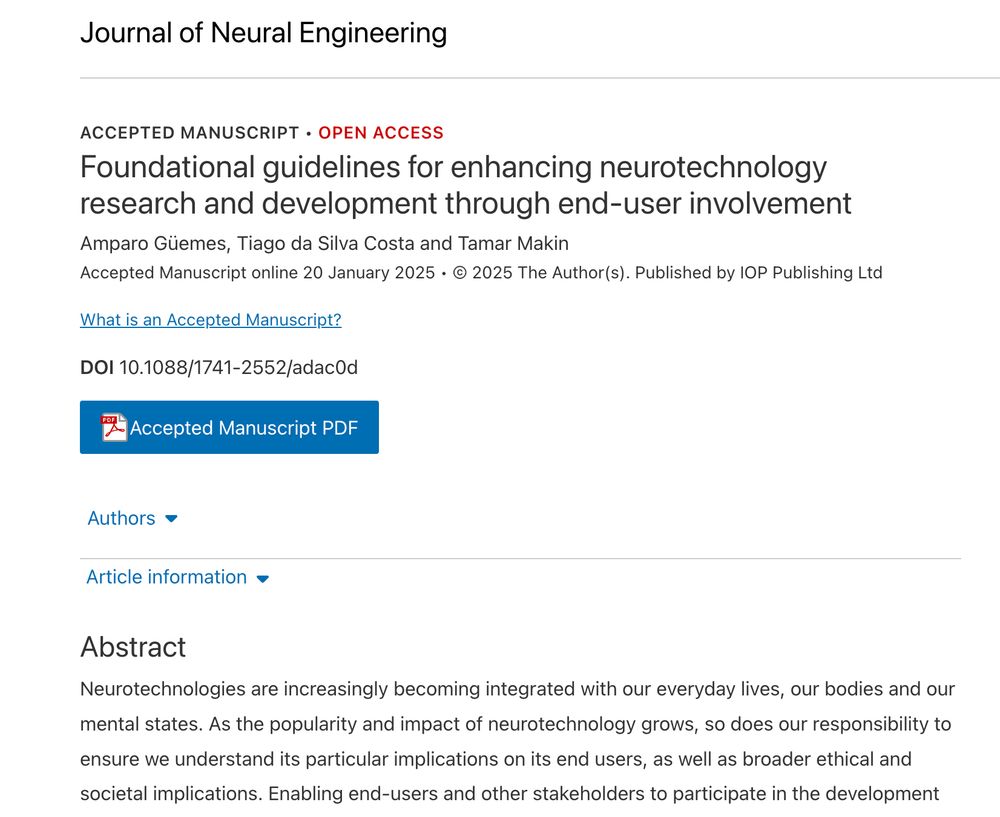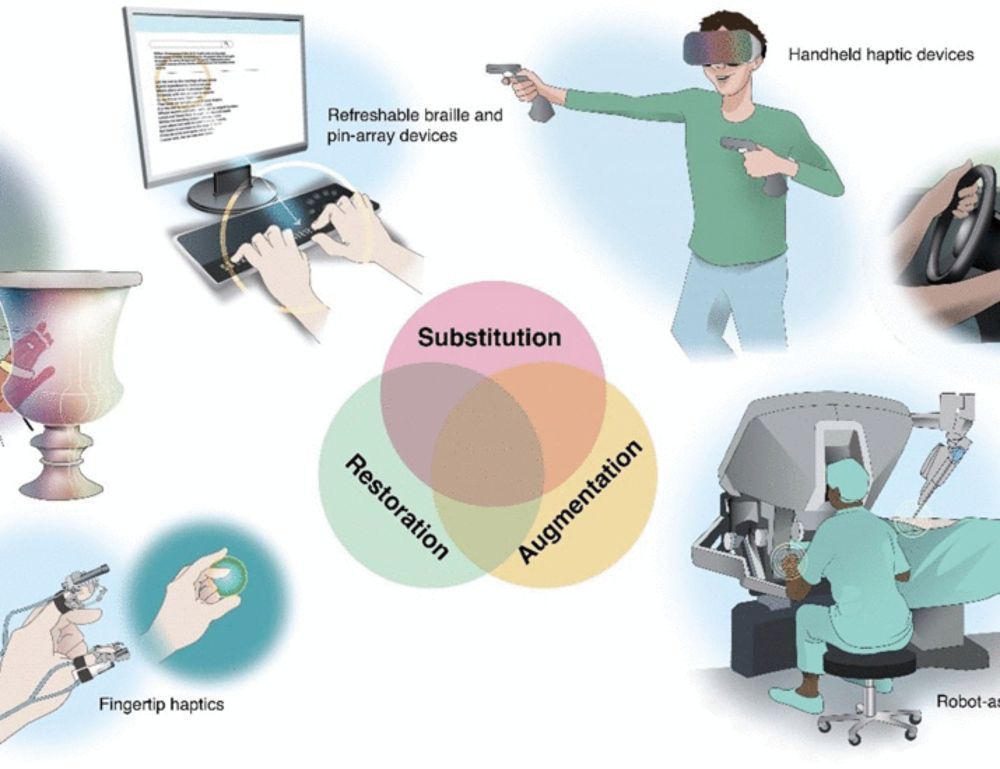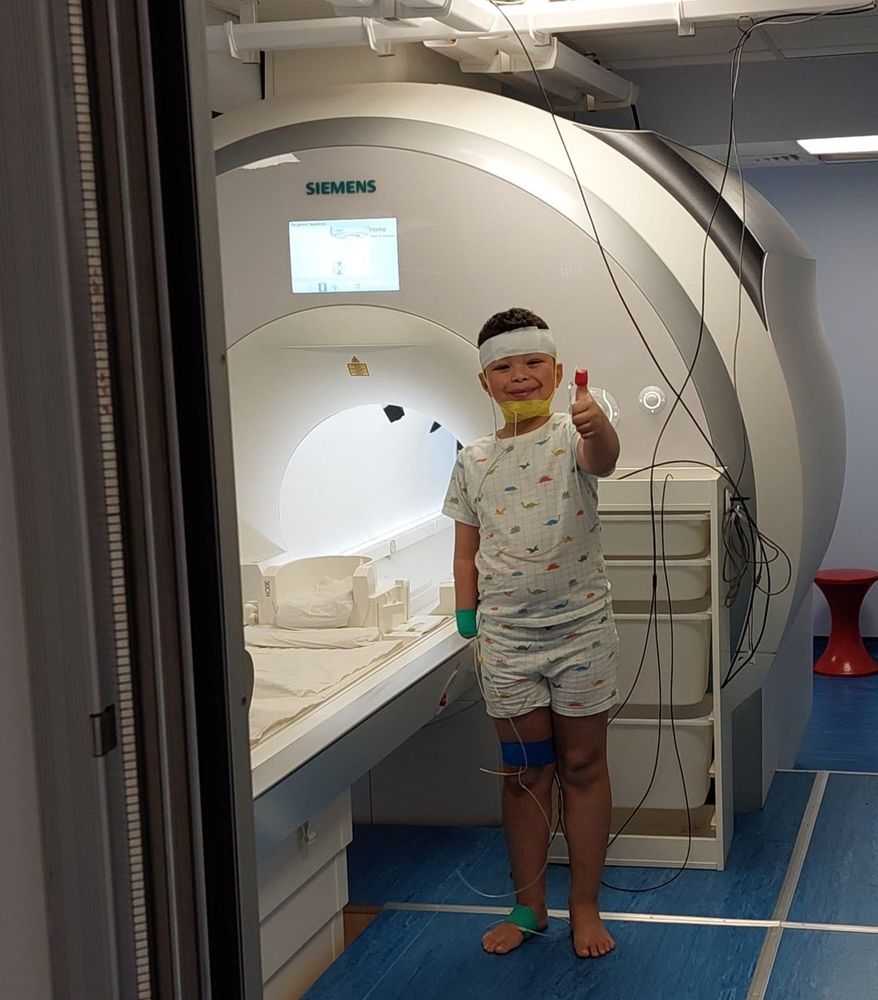Lucy Dowdall
@lucydowdall.bsky.social
200 followers
130 following
18 posts
Cognitive Neuroscience PhD Student 🧠 | Plasticity Lab, University of Cambridge 🦾 | sensory feedback, sensorimotor learning, and neurotech | she/her
Posts
Media
Videos
Starter Packs
Reposted by Lucy Dowdall
Lucy Dowdall
@lucydowdall.bsky.social
· Jul 8
Reposted by Lucy Dowdall
Lucy Dowdall
@lucydowdall.bsky.social
· Jun 19
Reposted by Lucy Dowdall
Reposted by Lucy Dowdall
Reposted by Lucy Dowdall
Lucy Dowdall
@lucydowdall.bsky.social
· Nov 25
